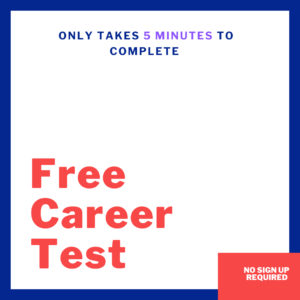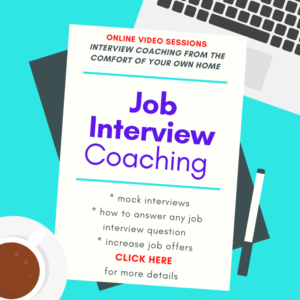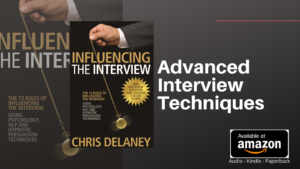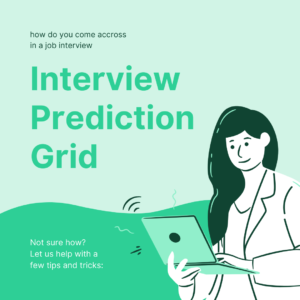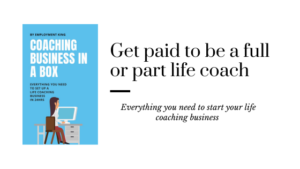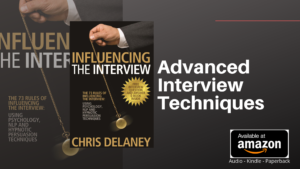1.5 million Skilled jobs will be created in the coming years. Highly skilled jobs in our economy will increase, as lower-skilled jobs decline.
Globalisation has increased the number of companies operating across multiple countries, and led to a rise in demand for supporting ICT, Businesses and Financial Services.
It is in these sectors, alongside other services such as Sporting, Recreational, Cultural, Social and Personal Services, where the UK has seen the biggest gains in employment.
The Low Carbon Careers Green-Collar Jobs
The future is changing soon every industry will need “green collar jobs” As countries across the world increase their commitment to tackling climate change.
A diverse range of jobs can now enable you to “do your bit for the environment”, whether that involves helping companies to reduce their carbon footprints or designing hybrid cars.
Environmental Consultancies
Consultancies will offer information and advice on a range of environmental sectors; such as waste management, contaminated land remediation or sustainable energy.
Also assist clients in assessing the likely impacts of new installations, formulating corporate responsibility strategies or monitoring environmental performances.
Renewable Energy
Renewable Energy will produce a host of job opportunities relating to the design, manufacturing, construction, installation, management and the operational running of renewable energy facilities.
Environmental Innovation
There is a big demand for cleaner technologies, this includes; hybrid vehicles, energy efficient appliances and biodegradable materials are just some of the areas attracting new research and innovation.
Water Management
Investment in flood defenses is highly likely to increase over the coming years. Devising flood defence strategies can include; river and flood plain modeling, monitoring water levels and the planning and construction of storm drains and artificial waterways to divert excess water. Also processing domestic and industrial wastewater.
Waste Management & Recycling
Dealing with the increasing volume of waste produced in the UK is an urgent task. Recycling, treatment and re-processing waste will create new jobs over future years.
Air Pollution Control
Reducing the amount of pollutants in the atmosphere and protecting the air we breathe is of vital importance to governments across the world.
Energy and manufacturing industries have a high demand for air pollution technology; also industries such as dry cleaners, petrol stations and the cremation industry, will be investing in equipment to reduce dioxins and heavy metals.
The number of jobs in the environmental industry is set to skyrocket in the next ten years.
Life Science
The UK is a world leader in Life Sciences and is strong in Regenerative Medicine and Stratified Medicine areas-where significant growth is projected.
The life science industry generates over £23 billion a year, employing over 400,000 people.
This sector is becoming increasingly High-Tech and Diverse, needing a highly skilled workforce.
£150 Million – £1 Billion is to be invested into the life science industry to increase “innovative Medicines,” Private Investment, “Regen-Med Programme” and to promote the UK and NHS “Brand”
Life science careers include:
- Physiology
- Agricultural Science
- Comparative Physiology and Biochemistry
- Astrobiology
- Biomedical Research
- Botany
- Endocrinology
- Genetics
- Microbiology
- Neurobiology
- Palaeontology
Digital and Creative Industries
The UK’s digital sector is due to grow in size and importance over the next decade. This sector includes Information & Communication Technologies, Broadcasting and the Creative Industry.
Software and IT Services are set to grow by 4-5% in 2010, Games sub sector is set to grow by 6% and TV and Radio by 5%.
Jobs for this industry can include:
- Animator
- Copywriter
- Editor
- Fashion Designer
- Graphic Designer
- Journalist
- Market Researcher
- Radio/TV Producer
- Wed-Editor
- Telecom Engineer
- Risk Manager (Telecom)
- System Annalist
- Tech Support
Business and Professional Services
The Business and Professional Service Sector has grown dramatically over the last few decades and continues to grow as new technologies change the way this sector works.
Changes in this sector have led to a fall in Low-Skilled jobs, particularly in Administrational roles. These roles have been replaced with new Highly Skilled jobs. Paperless offices could be the future.
Once the EU Service Directive is fully implemented, it is estimated to generate 81,000 jobs in the UK.
Jobs for this industry can include:
- Ancillary Legal Professionals
- Licensed Conveyancer
- Barrister
- Solicitor
- Chartered Accountant
- Actuarial Consultant
- Banker
- Credit Analyst
- Financial Adviser
- Operational Investment Banker
- Pensions Consultant
- Tax Adviser
- Estate Agent
The Care Sector
Over the last 10 years we have seen a rise in childcare occupations by 40% Due to the expansion of free Government childcare provision, this trend is expected to continue.
To work in Childcare, employers will be looking for level 3 qualified employees.
Care for the elderly already amounts to a high number of jobs, with a forecast of UK citizens aged 80 and above due to rise by 25% over the next decade, the increase for demand in Social Care is expected to create an additional 1.1 million jobs by 2025.
Jobs role in this sector include:
- Advice Worker
- Charity Fundraiser
- Charity Officer
- Community Development Worker
- Counsellor
- Homelessness Officer
- Mental Health Nurse
- Occupational Therapist
- Probation Officer
- Social Worker
Retail Sector
Recently the retail sector has suffered from a fall in customer demand over the last year and the restraint in customer spending means job growth in this sector is expected to be slower than over the last decade.
But overall Retail will remain an important sauce of employment across the country with a mixture of highly-skilled and entry level retail positions.
The Retail sector is changing with new “self-service” supermarket checkouts and “pay and the Pump” petrol station systems.
This sector provides entry-level positions that can provide valuable opportunities for the long term unemployed.
Jobs in this industry can include:
- Fashion Designer
- Human Resources Officer
- Industrial/Product Designer
- Logistics and Distribution Manager
- Market Researcher
- Marketing Executive
- Quality Manager
- Retail Buyer
- Retail Manager
- Retail Merchandiser
- Sales
Tourism, Hospitality and Leisure Sectors
The UK’s Tourism, Hospitality and Leisure sector have grown over the last two decades with a real potential for continuing long-term economical growth.
As the increase of disposable incomes rises, people place a greater emphasis on quality leisure time. With leisure spending forecast to double, up to 200,000 jobs could be added to this sector over the next decade.
Jobs in this industry can include:
- Air Cabin Crew
- Travel Agency Manager
- Holiday Representative
- Hotel Manager
- Event Organiser
- Tourist Guide
- Tour Manager
- Tourism Officer
- Public Relations Officer
- Accommodation Manager
- Conference Centre Manager
- Event Organiser
- Hotel Management
- Public House Manager
- Restaurant Manager
Space Sector
The government have planned to expand Britain’s space industry, creating a £40 billion business. This will have a positive in pact on Space Industry jobs, creating a predicted 100,000 jobs over the next 20 years.
The space sector is set to grow over the next 20 years; the future of the space industry is unpredictable as the fast pace of new technology can change the direction of this sector.
Space will be the earth’s eyes and ears with satellite observation and telecommunications.
Under UK plans, space-based observations will be used to monitor activity in war zones, deforestation, policing greenhouse gases. Employers will be able to monitor projects such as construction without having to leave their office.
With a high demand for high-definition and 3D television via space as broadcasting via satellites reduces our carbon emissions and is more cost effective, shows the increasing need for space communication.
The private sector is already a success story for British Industry, growing at a steady rate of 9% since 1999. It has been forecast that Britain could take 10% of the global market, which could be worth £400 billion by 2030.
- Space Science
- Satellite communication
- Manufacture industry
- Space observers
- Satellite Broadcasting
- Telecommunications
- Earth Resources
- Navigation
- Launch Industry
- Astronomy
- Planetary Science
- Space engineers
- Support Staff




